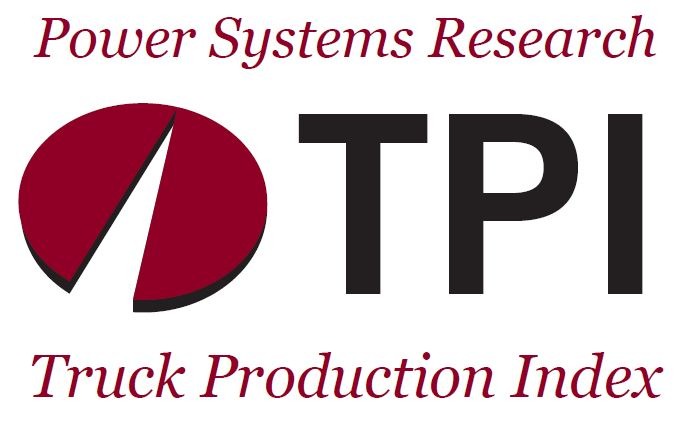FAW Jiefang, CATL Launch New Energy Venture
CHINA REPORT

FAW Jiefang and CATL have set up a joint venture company, Jiefang (Jilin) New Energy Technology Co., Ltd., to do business in the new energy segment. The company is wholly-owned by Jiefang shidai New Energy Technology Co., Ltd., which is a joint venture between FAW and CATL with each party holding 50% of the JV’s shares.
The JV was established to sell new energy vehicles, batteries, battery parts, and electric vehicle charging equipment charging stations; Information system integration services; and Intelligent control system integration. It also will manufacture power transmission and distribution and control equipment.
In August 2022, CATL reached a strategic cooperation agreement with FAW Jiefang, proposing to invest 500 million yuan to establish a subsidiary for cooperation. CATL’s battery business mainly focuses on the passenger car market, and the cooperation between the two sides marks the beginning of CATL’s in-depth launch into the new energy commercial vehicle market.




